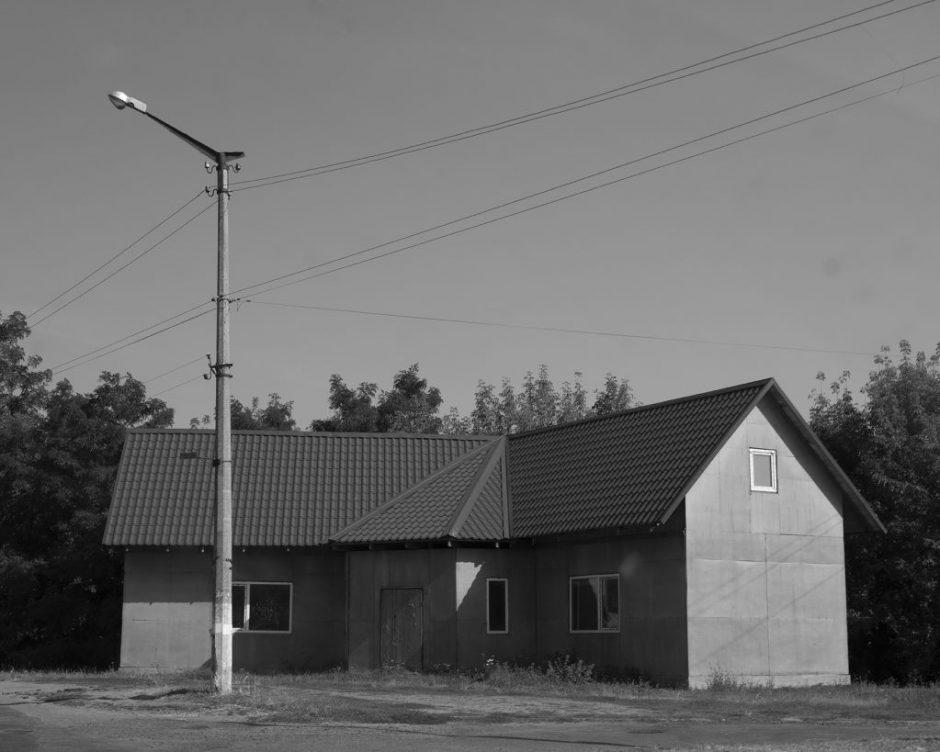Background
I co- teach a cross pathway module titled Collaborative Unit which encompasses MA Documentary, Fine Art and Commercial Photography courses.
The students collaborate with a referral unit for teenagers using Boxing at its foundation within the secondary school curriculum.In a lecture I introduced an examination of boxing stereotypes within photographic practice that occur across the pathways alongside that of portrayals of youth especially within geographical areas that are deemed ‘deprived”.
The students have diverse views on the notion of what is collaborative practice and what their outcomes would be within the context of their MA pathways
The challenge was to approach the module balancing the needs of the students both from the university and the school and their learning outcomes with my own bias coming from a similar background as the students at the Boxing Academy.
Evaluation
My approach has been to be present the opportunities of teaching and exchanging skills as a priority using examples of community based pedagogy analysing the evidenced benefits of meaningful community engagement with instruction and reflection. I has not been impartial on this as was reflected by a few of the students expressing actually whether the collaborative aspects of the exercises had been successful for both themselves and the students at the school and whether the hierarchy was actually still intact. Seeking guidance on this was retrospective from a more experienced colleague who had worked within community education.
Moving Forward
Setting up a forum for students to voice what they hope to achieve from the Collaborative Unit both professionally and personally rather than myself expressing purely what I think should be the outcomes.
Using the outcomes from the forum to make a list of deliverables that can both enhance my students experience and that of the collaborative partners.
The learning outcomes are not defined within the handbook , these I feel for the future need to be in place and adapted to balance the diverse needs of the students. Alongside this LCC has a community engagement mission , this could be enhanced by expanding its engagement across more diverse spaces where education is not followed through traditional pathways.
Peer Support
Here I need to seek guidance from experienced colleagues especially those involved within collaborative community practice for example in the MA Documentary Photography, Local NGO’s and Social Impact Departments with Commercial Agencies.
References
Boxing as Art
David Scott The Cambridge Quarterly, Volume 48, Issue 4, December 2019, Pages 303–323,
Strike Fast, Dance Lightly: Artists on Boxinghttps://gagosian.com/news/museum-exhibitions/strike-fast-dance-lightly-artists-on-boxing-norton-museum-of-art-west-palm-beach-florida/
Creating Chances: Arts Interventions in Pupil Referral Units and Learning Support Units Paperback – 9 Sept. 2004
by Richard Ings (Author), Adrian Fisk (Photographer)
Shah, R., Preston, A. and Dimova, E. (2023) ‘Making community-based learning and teaching happen: findings from an institutional study’. London Review of Education, 21 (1), 17. DOI: https://doi.org/10.14324/LRE.21.1.17.
